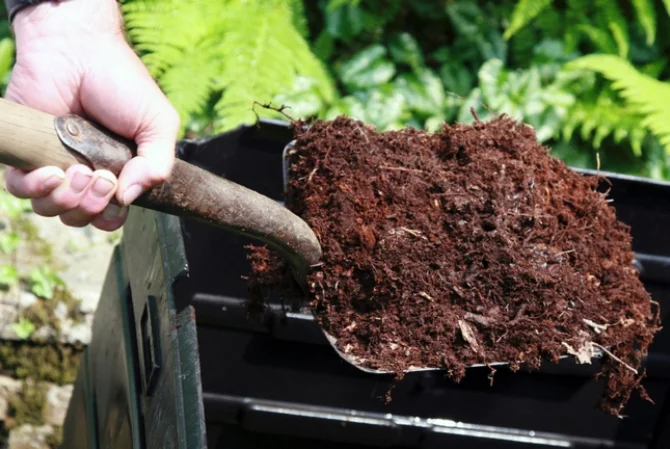
Home composting is an aerobic (oxygen-requiring) process that transforms organic material into nutrient-rich soil amendment or mulch through natural decomposition, significantly decreasing landfill waste and methane emissions, both potent greenhouse gases.
Compost requires both greens and browns for optimal success, with an ideal carbon/nitrogen ratio of 30:1. Food scraps, grass clippings, twigs and leaves all provide sources of nitrogen while dry paper products such as newspapers or cardboard provide carbon.
How to Start
Make the most of your kitchen scraps and yard waste by turning it into a nutrient-rich soil amendment! This natural process recycles organic materials back to Mother Earth while saving money on fertilizers. Furthermore, this helps reduce landfill usage as well as greenhouse gas emissions into our atmosphere.
An effective compost pile requires the combination of carbon-rich and nitrogen-rich materials (browns and greens). Brown materials include dried leaves, shredded branches, paper, cardboard, hay straw straw chips wood chips. Green materials may include kitchen scraps grass clippings coffee grounds fresh weeds animal manure (not from dogs or cats) egg shells etc.
If you aren’t quite ready to commit to buying an actual compost bin, an open, three-foot deep pile could be enough. When placing it outdoors in a shaded location with ample clearance around it to prevent rodents from nibbling at your goodies!
Materials
To create compost, you’ll need both green and brown materials to feed the microorganisms that break down organic waste into a dark, crumbly material with earthy aroma. Compost can improve soil’s biological, chemical, and physical properties as it turns food and yard waste into rich soil amendments that improve biological, chemical, and physical characteristics of your garden soil.
Compost can improve a soil’s moisture retention, increase its cation exchange capacity, suppress plant disease and decrease chemical fertilizer use. Furthermore, compost helps protect our climate by diverting organic waste away from landfills where it would generate methane gas 84 times more potent than carbon dioxide emissions.
Home composting typically involves building a pile that alternates layers of carbon- and nitrogen-rich materials, such as leaves and cardboard. Coffee grounds, animal manures (no dog or cat urine), fresh kitchen and garden wastes and fresh compostable items like leaves can all serve as nitrogen sources. If you don’t have space or the desire to maintain such an effort, lasagna gardening could be another alternative solution.
Equipment
Equipment will help you transform organic yard waste, leaves and food scraps into rich soil amendments such as compost. This natural decomposition provides essential nutrients that will make your garden greener while reducing chemical fertilizers and pesticides needed for gardening.
An organic pile left uncovered and watered regularly can produce a nutrient-rich soil conditioner in as little as one year. To maximize success, it’s important to alternate carbon-rich brown materials (sticks, twigs, sawdust and dry leaves) with nitrogen-rich grass clippings and kitchen scraps; meat, dairy products or greasy food products could attract rodents or vermin.
Compost bins come in all sorts of styles and shapes, from hoops and square containers with lids, cone shaped bins or box-shaped ones with removable tops to tumblers that mix and aerate material, all available at home and garden centers. Although these devices can be costly, their investment makes the composting process much simpler and faster!
Maintenance
Compost is a dark, crumbly and earthy-smelling soil conditioner which enhances soil structure by increasing moisture retention, adding nutrients, suppressing plant disease, aerating clay soil and decreasing chemical fertilizers requirements.
Home composting can be an excellent way to recycle food waste and yard trimmings at home, saving them from ending up in landfills where they decompose without oxygen and emit methane, an extremely harmful greenhouse gas which is 84 times more potent than carbon dioxide.
Successful composting requires the combination of green and brown materials (no meat, bones or fatty foods allowed), turning your pile frequently for aeration and maintaining moisture levels in it. A good rule of thumb for ratio: two parts nitrogen rich grass clippings to one part carbon rich leaves. If space or time constraints limit you from creating your own pile, try lasagna gardening: by layering up right where you plan to plant seeds you reduce labor intensity significantly! This method requires no bin and costs less overall!











